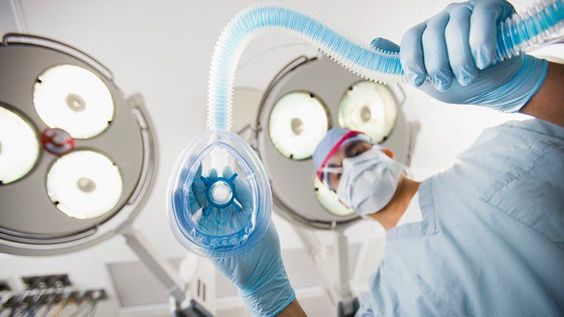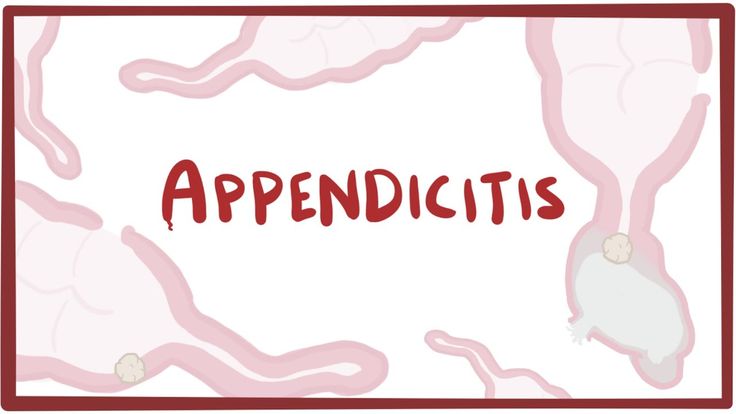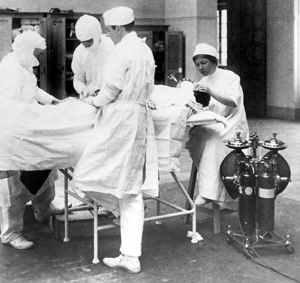4nids.com – Anesthesia has existed for centuries. In the 13th century, somniferous sponge was used to make anesthetic gas. In the Dispensatorium, a great physician named Valerius Cordis described a revolutionary method for synthesizing ether, or nitrous oxide. This involved adding sulfuric acid to ethyl alcohol. Today, the use of anesthesia is a standard part of most surgeries.
This method eliminates mankind’s greatest fear of surgery

The first breakthrough in medicine occurred in 1846, when anal anaesthesia was invented. This method eliminated mankind’s greatest fear of surgery. As a result, the history of anesthesia is extensive, and many modern devices were developed. In addition, anaesthesia has become a highly specialized field, with endotracheal tubes, intravenous medications, and masks. The originator of modern anaesthesia is William T.G. Morton.
The history of anesthesia includes significant advances from basic scientists, who studied anesthetic gases and chemicals. However, the bulk of clinical progress came from surgeons, obstetricians, and dentists. Until the late nineteenth century, most anesthetists had little or no impact on the development of anesthesia. Their main contribution to the field was as a technician. Anesthesia was a niche field, and they were often unappreciated.
Appendicitis is almost always fatal

The development of anaesthesia began in the mid-1800s. Before the discovery of anaesthesia, only certain types of surgery could be performed. Appendicitis was almost always fatal before this breakthrough. A few years later, the first painless surgery was performed with nitrous oxide and ether. These two substances produced amusement and induced a state of intoxication, which made it possible for the surgeon to perform the procedure.
The advent of rapid intravenous anaesthesia improved the induction process, and doctors could now use more powerful drugs and equipment. This method requires greater skills than the inhalational agent. Moreover, the increased safety of nitrous oxide has prompted major developments in specialty organizations. In 1937, Lord Nuffield funded the first academic department of anaesthesia in Oxford under Professor Robert Macintosh. The department was soon followed by several other distinguished physicians and was regarded as an essential part of the university’s curriculum.
The beginning of modern anesthesia

Early developments in anaesthesia began in the 19th century. The development of anesthesia began in China, and the birth of nitrous oxide and anaesthesia in 1858 marked the beginning of modern anaesthesia. In the mid-19th century, the profession was recognized as a craft in large medical centers throughout the Western world. The history of anesthesia in the United States is a fascinating subject. If you’re interested in learning more about its development, this section can help you learn more about it.
The history of anesthesia is a fascinating one. The field of anaesthesia is constantly evolving and improving. In fact, many of these changes were led by the invention of anaesthesia. It is important to remember that anesthesia is an art and not a science. The practice of anaesthesia can be a lifeline for patients, but it is a vital tool for physicians. In the United States, anaesthesia is used in nearly every surgical procedure.
The history of anesthesia in the United States is a fascinating subject

Anesthesia was first recognized as a craft in 1847, when it was applied to the removal of a tooth. This was a great advancement for anaesthesia, but it remained unofficial for years. Eventually, it became a profession and was recognized by the medical community. Its history is a fascinating journey. It will make you smile as you read about the progress of the discipline. The future of anesthesia is a bright and beautiful one.
In 1847, a physician named John Snow became a professional anaesthetist in London. This was a major breakthrough that cured mankind’s greatest fear: surgery. But his work remained unrecognized until his death in 1858. Fortunately, today, anaesthesia is a specialty recognized as a craft by a number of medical organizations. There are a number of other improvements in the field of anaesthesia, which are a vital part of modern healthcare.
A profession has a history of innovation. In the Middle Ages, herbal mixtures were used for anaesthesia. Anesthetists were not trained in a profession until the seventeenth century. But the discipline continued to evolve over the centuries. Its early roots traces to the thirteenth century. In the thirteenth century, an anaesthetist became a specialist in anaesthesia. In the twentieth century, British physicians began to recognize this profession as a profession, and a new generation of anaesthetists was born.





